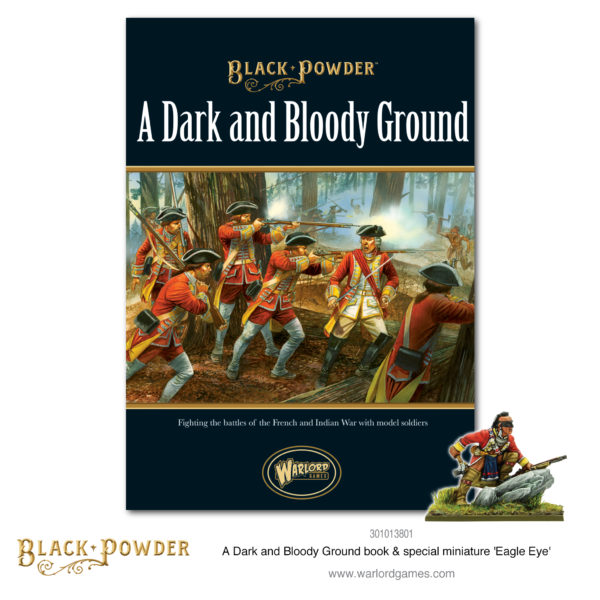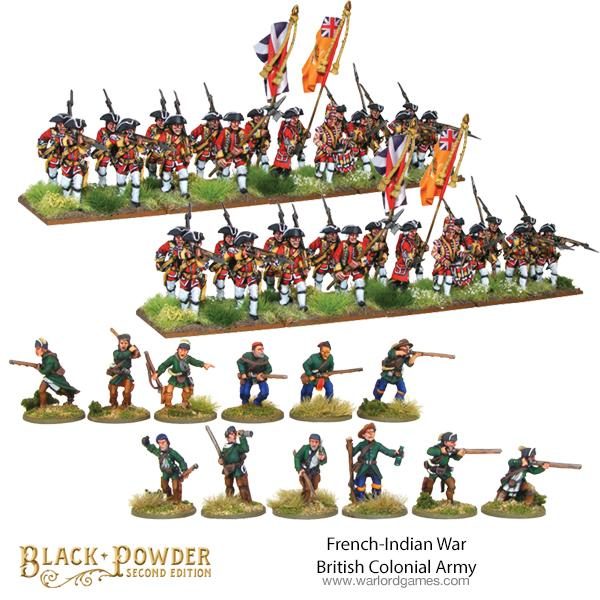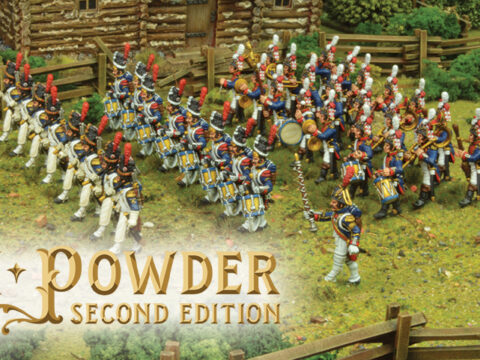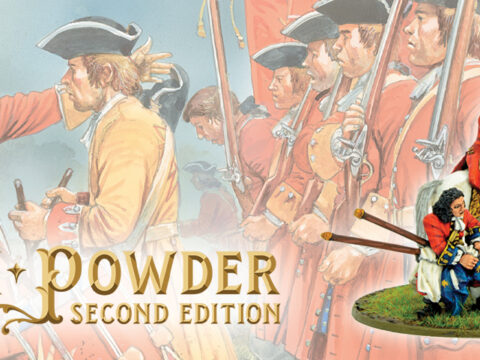We’re very proud of our Nottinghamshire heritage here at Warlord Games, and were delighted to uncover a connection between our home city and the Dark & Bloody Ground of the French-Indian War.
Raised in 1741 by Daniel Houghton as Houghton’s Regiment, Nottinghamshire’s first British Army regiment spent its early years on garrison duty in Gibraltar and Nova Scotia, where it was successively re-rated as the 56th Regiment of Foot in 1747, then as the 45th Regiment of Foot in the following year, 1748.
The 45th Regiment first saw action in Nova Scotia during Father LeLoutre’s War. Beginning in 1749, the French Acadian settlers of Nova Scotia, in alliance with the native Mi’kmaq tribes waged a bloody guerilla war against the British settlers, in response to an aggressive programme of fort building in the Nova Scotia interior.
As part of the small British Army contingent, the 45th Regiment was often at the sharp end, taking several casualties in a bloody raid on the fort at Dartmouth, where one of their NCOs was scalped and three soldiers injured before the attacking Mi’kmaq were driven off.
They would also participate in the successful sieges of Beausejour and Louisbourg during the French-Indian War.
In the aftermath of the French-Indian War, the 45th would remain in North America as a garrison unit, only returning to their native Nottinghamshire after taking heavy casualties in the American War of Independence.
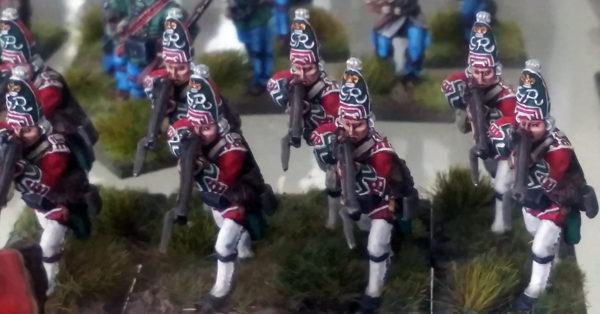
Jamie (One of our studio painters) has been hard at work on some new models for the French-Indian War range. These grenadiers have been painted up as members of the 45th!
The 45th Foot in Black Powder
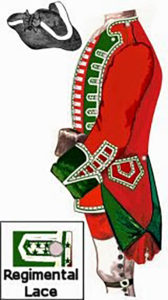
The 45th contributed companies of line infantry and grenadiers to the various ad-hoc forces that fought the French and Native Americans during the French-Indian War. As such, they could be rated as either, depending on the battle being recreated.
To paint your infantry appropriately, paint the facings (on the front of the scarlet jacket), cuffs (self-explanatory) and the turnbacks (the pieces of folded fabric on the front and rear of the jacket) with Army Painter Greenskin.
In addition, paint the Regimental Colour with Greenskin to match the facings.


